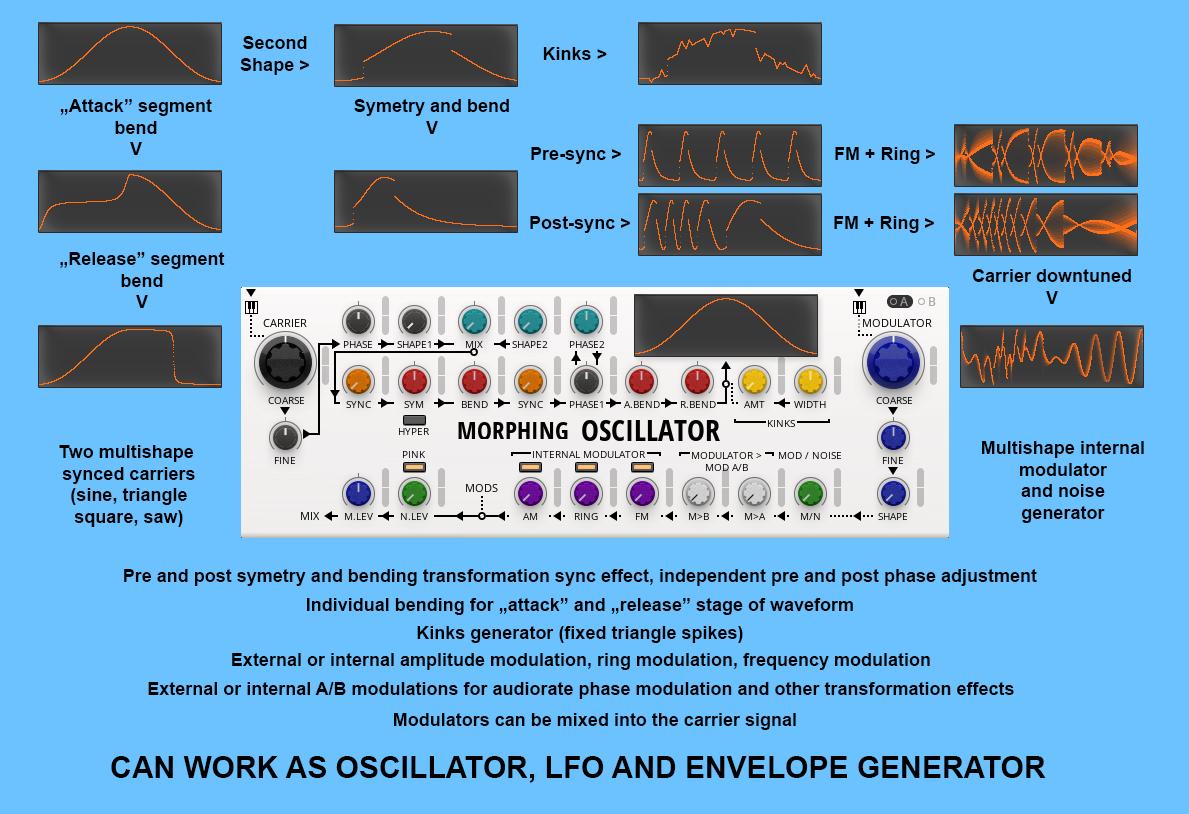design requirements
1, the oscillation frequency stability Yu.
2, the electromagnetic waves radiated out as few as possible, to prevent interference with working near the TV.
3, the circuit structure is simple and reliable, easy start-up, is easy to change channels, stable, good output waveform.
4, frequency tuning means should be provided (refer to mechanically tuned VHF tuner), frequency tuning range of adjustment to be less than ± 1.5MHz ± 5MHz.

basic circuit form
oscillation circuit employed in the local oscillator, belonging to the three-point LC sinusoidal oscillator. Its basic types can be divided into capacitive and inductive three-three-two kinds (Overview view (a) and (b)). In practice, in order to improve frequency stability, often using modified three-point capacitance (overview diagram (c)) oscillation circuit, which is also called splash ct circuit.
in the domestic television transistor, the transistor electrode is grounded by way points, the local oscillator can be divided into three-base capacitance to ground and its collector grounded (polar co-yl) (common-collector) capacitive type three-two circuits. Local oscillator tuner joint design modification for the collector-grounded three-point capacitance oscillator.
oscillation circuit works
three-point capacitance LC oscillator sinusoidal capacitive coupling known Colpitts oscillator or oscillator. Pole three-point oscillator circuit capacitance FIG 2-11a) as a common emitter.
FIG R b1 , R b2 , R e and a ballast resistor bias, a DC power R c was added to the collector of the oscillating tube, C b as a DC blocking coupling capacitor, C e as the emitter bypass capacitor AC, L, and C 1 , C 2 is connected to the collector, between the base tank, when power is turned L, C 1 , C < sub> 2LC circuit produces a frequency dependent on the value of the oscillation signal. In the actual circuit, since the C b , C e have large capacity, high-frequency signals, the equivalent of a short circuit is very small capacitance, and R b , R c , R e and the resistance of C b , C e tolerance anti compared, for high frequency signals is equivalent to the open state, due
this can be shown in FIG. 2-11 (a) is an equivalent circuit diagram 2-11 (b). The input signal, U sc as the output signal, U f as the feedback signal in FIG. 2-11 (b) in U sr . When the power is turned on, the LC resonant circuit oscillating sinusoidal signal is coupled to the base of the transistor is produced between the radio, the amplified signal is output between sets, radio. The operation of the circuit is: When the oscillation signal generated by LC oscillating circuit base voltage drop instantaneously due to phase separation down transistor, the collector voltage rises, then the C 1 , C As shown in FIG polarity of the voltage in the 2. Easy to see, C 2 partial pressure on base voltage drop more, more collector voltage rises, on the contrary, when the oscillation signal of the base electrode voltage rises (positive half cycle applied to the base signal is very ), due to an increase of the base voltage, the collector voltage drop, and the C 2 is fed back to the base voltage (positive in this case negative) more base voltage rises, collector voltage more decline. So the cycle continues, maintaining more than the oscillation. That is, since the base is added to C 1 , C voltage on 2 is a positive feedback voltage to compensate the loss of the resonant circuit, and may be appropriately selected C 1 2 values of C , and the amplifying transistor has a certain capability, the circuit may oscillate.
This circuit other oscillation circuits, which oscillation frequency is equal to the LC resonance frequency with the EU, i.e.
formula, L is the inductance of the loop;
C as C1, C2 of the series values, i.e.
